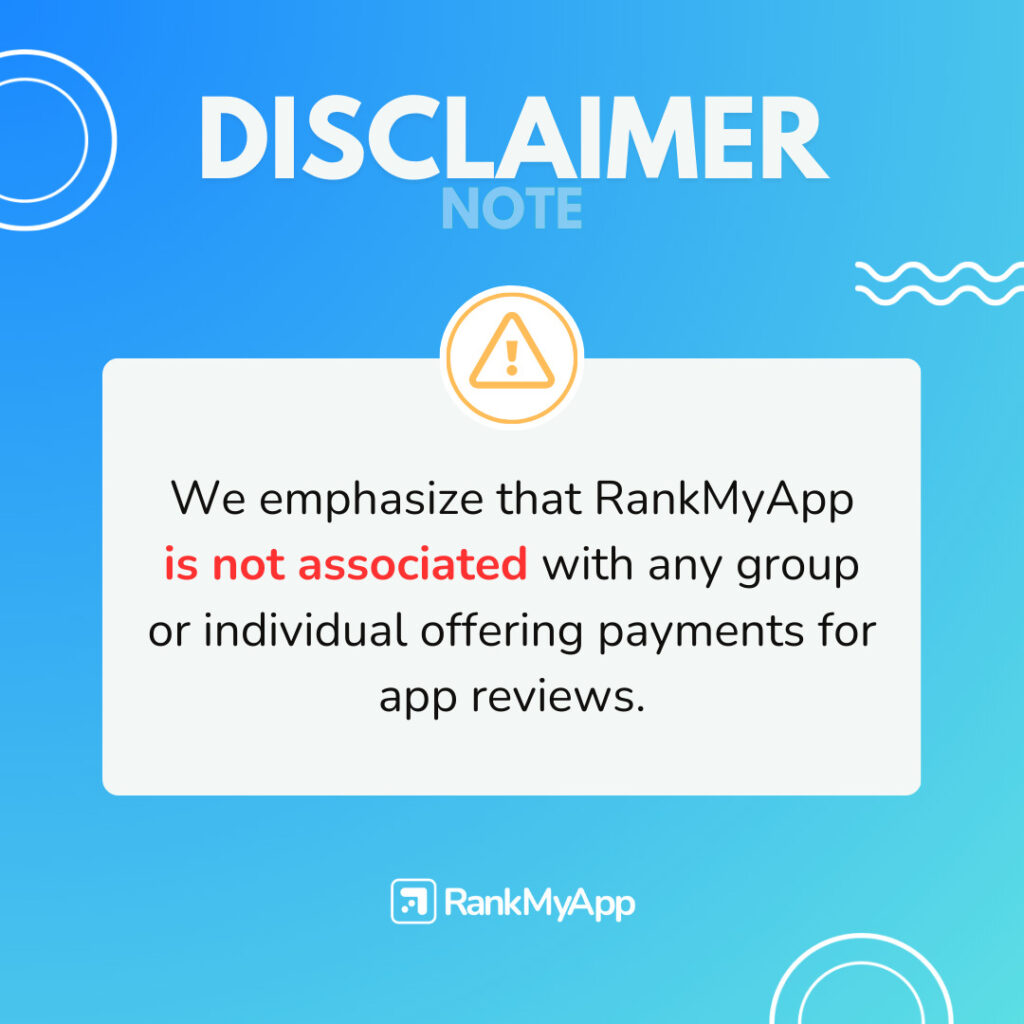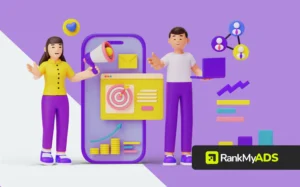Metrics reveal how well an app is performing. These numbers can be used to calculate an app’s conversion rate. The metric conversion apps should be what guides your next steps.
But how do you calculate this number? And what can that number tell you? Read on to find out!
How To Measure and Compare Conversion Rates
The metric conversion rate in apps gives the percentage of users who download an app from either one of two ways:
- After viewing the app’s page – Called app page conversion rate,
- Directly from the search results – Known as app store search conversion rate.
Both should be taken into consideration when measuring the success of your app and determining what actions to take next.
An alternate way to find the conversion rate is to calculate the percentage of users that continue using the app after downloading it.
Whichever way you choose to calculate doesn’t change the fact that this rate must be watched and analyzed so that you can take the right steps and actions that will result in more conversions down the road.
App Page Conversion Rate
This is the percentage of users who download your app after visiting its page. To get this percentage, you need to know the number of page views and the number of downloads, then divide the latter by the former.
Downloads/Page Views = App Page Conversion Rate
When To use: Use this to find out how successful your app page is in convincing users to download your app.
App Store Search Conversion Rate
This percentage shows how many users download the app right from the search results, before viewing the app page. To find this percentage, divide the number of installations your app has by the number of impressions it’s gotten.
Downloads/Impressions = App Store Search Conversion Rate
When To Use: This will indicate if your app stands out against the competing apps in the search results.
Do Conversion Rates Vary By App Categories?

Yes, they do. As it turns out, there are major differences between the averages of the various app store categories.
Keep this in mind as you compare your app’s conversion rate. Obviously, you will want to compare it to the average for your app’s particular category.
Here is something else to think about. The average conversion rate for each category also differs between the Apple App Store and the Google Play Store.
Averages Across Categories
- Apple App Store App Page Conversion Rate: 25.25%;
- Apple App Store Search Conversion Rate: 2.42%,
- Google Play Store App Page Conversion Rate: 27.76%.
Examples of App Store Category Averages
- Music and Education: 0.5%;
- Finance: 6.5%;
- Utilities: 51.90%;
- Food and Drinks: 11.60%,
- Personalization: 52.30%.
Of course, there are many more categories, but this gives you an idea of the wide range of averages between the app categories.
Remember, to get an accurate picture of how well your app is doing against the competition, make sure to compare its conversion rate to the average conversion rate of the category it belongs in.
Also make sure you are checking the averages for the right app store, as they can differ from each other as well. Otherwise, you might be comparing apples to oranges.
Summary
The metric conversion rate in apps is a key number that you definitely want to monitor and keep checking. Without it, you won’t have a good idea of how well your app is doing and if it is holding up against the competition.
Don’t feel like you have to figure this all out on your own? Contact a specialist from RankMyApp to get professional help that will improve your app’s visibility and conversion rate.





